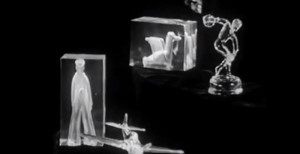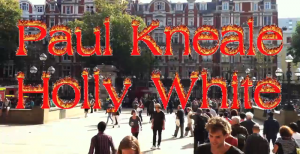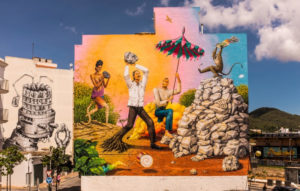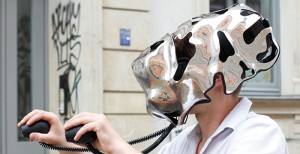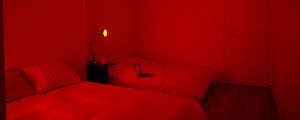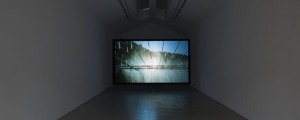If tradition carries considerable weight, innovation is present at this year’s Circulation(s)#3 festival of photography at Bagatelle Park in Paris. Dedicated to young European photographers, most of the 43 artists represented express their personality either through the choice, orientation and pedagogy of their subject or a unique and singular aesthetic.

The festival displays this renewal of form by intertwining the artworks with themes such as death, poverty, conquest of space, or changing perspectives of Africa. Beginning with death, there are three artists whose work is respectively based on the tribute, the relic and the triviality of said theme. Marie Gruel’s touching series ‘Flowers for Daddy’, embarks on artistic therapy, following the sudden loss of her father, through still life, Swiss artist Virginie Rebetz analyses the relationship between death and the physical world by depicting carefully folded clothes worn by their owners at the time of passing in ‘Packing’. Meanwhile, Thomas Martin introduces more detachment in his practice. He stages the most meaningless deaths reported on the Darwin Awards website with photomontages embodying the posthumous glory of unknown people on the one hand, while satisfying the need for the reader to see and watch the news in brief on the other.

Self-taught Colombian artist Stan Guigui brightly documents ‘poverty’ for the corresponding theme as he bares witness to what he calls the ‘Court of Miracles’; populated by hobos, drug addicts and prostitutes in South America. Three hundred people pose, not in their own environment but in front of a white wall thus casting an empathetic eye on the subject, while Françoise Michaud also focuses on humanist photography with an installation, ‘The Big Slip’. Her work is a modern transposition of the Pandora’s box, where a column of matchboxes open on the problems of the destitute, namely famine, poverty, disease and probably madness and hope. This miniaturisation provokes the viewer into unusual and forced promiscuity. Indeed, they must stick their noses into the boxes in order to see what’s happening, when they normally turn their heads and look away.

Science has not been forgotten at Circulation(s)#3 either, as reflected by the by Thomas Herbrich’s ‘Moon Landing’. He juxtaposes the power of images with the power of words to build on his own conspiracy theory by writing a burlesque and funny story, only to reinforce it with old and realistic-looking pictures. Here he states, “If I tell my version only with words, no one would believe it. But with photos, it could be proven.” The power of imagery isn’t lost on the subject of new perspectives on Africa either. Through the power of storytelling, Cristina de Middel revives the elegant pipe dream of Zambia’s failed 1964 space program, while Miguel Hahn and Jan-Christoph Hartung observe that Western media propagates African affairs in the form of bad news: war, oppression, corruption, health crisis. In ‘The Forgotten’, they present another face of Africa, by giving a deep insight into the prosperous and happy everyday life of the middle class in Nairobi and Kenya.
It’s in this look to alternative perspectives that the third Circulation(s) festival sparkles, once again, with quality and diversity. Commercial or elitist photography have very little chance at investment here, and so much the better.**
Header image: ‘The Forgotten’. © Miguel Hahn and Jan-Christoph Hartung.

